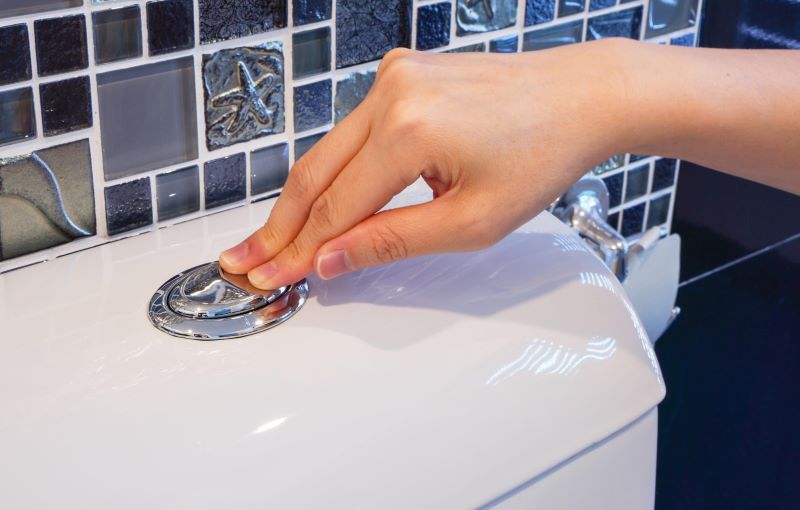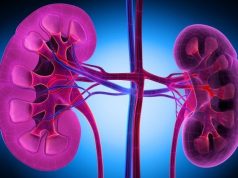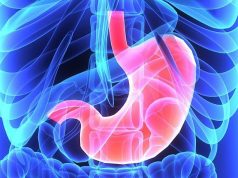NLR levels differ significantly among healthy patients and those with interstitial cystitis/bladder pain syndrome, overactive bladder
By Elana Gotkine HealthDay Reporter
MONDAY, Jan. 8, 2024 (HealthDay News) — Serum neutrophil-to-lymphocyte ratio (NLR) can help differentiate interstitial cystitis/bladder pain syndrome (IC/BPS) from overactive bladder (OAB), according to a study published online Nov. 8 in BMC Urology.
Hanwei Ke, from Peking University People’s Hospital in Beijing, and colleagues conducted a retrospective analysis involving 70 women diagnosed with IC/BPS, 20 diagnosed with OAB, and a randomly selected cohort of 150 healthy women (normal). All participants underwent a comprehensive panel of blood tests, and the NLR was determined.
The researchers observed significant differences in the NLR levels among the IC/BPS, normal, and OAB groups. Notably divergent NLR levels were demonstrated in Hunner type IC (HIC) compared with non-Hunner type IC (NHIC) within the IC/BPS group. Positive correlations were also seen between NLR and nighttime voids, the Interstitial Cystitis Problem Index, Interstitial Cystitis Symptom Index, Pelvic Pain and Urgency/Frequency questionnaire (PUF), and PUF Symptom Scale. The area under the receiver operating characteristic curve analysis for NLR was 0.765 and 0.707 for distinguishing IC/BPS from the normal group and IC from OAB, respectively, and was 0.723 for differentiating HIC and NHIC patients.
“Our study underscores the link between heightened NLR and the symptomatology and onset of IC/BPS, underscoring the potential of NLR as a diagnostic marker for IC/BPS,” the authors write. “Given the ongoing diagnostic debates surrounding IC/BPS, NLR can offer valuable support in the diagnostic process.”
Copyright © 2024 HealthDay. All rights reserved.








